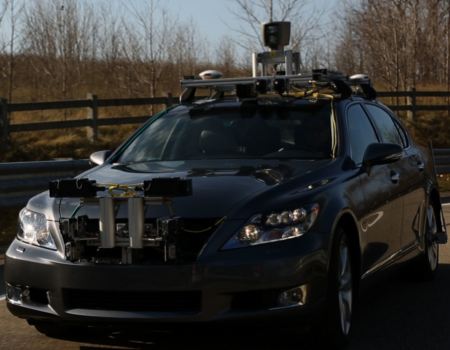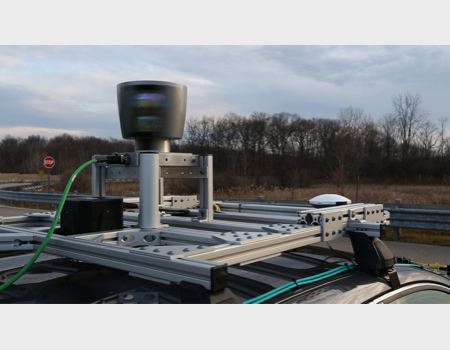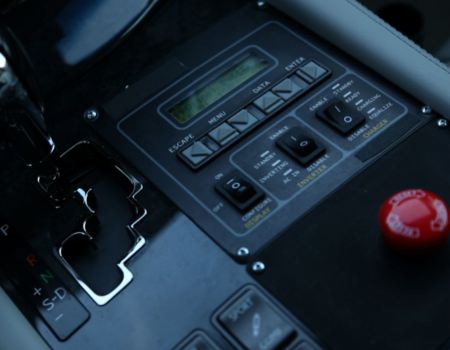Autonomous – or driverless – cars have been making headlines over the past couple of years as we saw Google demonstrate a self-driving Prius and then Audi race autonomously at Pikes Peak last year.
At CES this week, Lexus is demonstrating a modified 2013 LS 600h hybrid sedan that features many technologies the automaker is testing and says may someday advance transportation to a driverless platform.
“In our pursuit of developing more advanced automated technologies, we believe the driver must be fully engaged,” said Mark Templin, Toyota group vice president and general manger of the Lexus Division. “For Toyota and Lexus, a driverless car is just a part of the story. Our vision is a car equipped with an intelligent, always-attentive co-pilot whose skills contribute to safer driving.”
Lexus says the point of bringing the driverless LS to CES is to demonstrate its ongoing efforts around automated vehicle safety technologies and explain its approach to reducing global traffic fatalities and injuries.
The company’s guiding strategy, called the Integrated Safety Management Concept, views traffic safety as a holistic blend of people, vehicles and the driving environment. The strategy carries through all five phases of operation:
• Initial time the driver and car begin a journey from a parked position,
• Active safety systems designed to avoid a crash,
• Pre-crash aimed at preparing for a collision,
• Passive safety to help survive a crash,
• Rescue and response after a crash has occurred.
The Lexus advanced active safety research vehicle is equipped with an array of sensors and automated control systems to observe, process and respond to the vehicle’s surroundings. These include GPS, stereo cameras, radar and Light Detection and Ranging (LIDAR) laser tracking.
The vehicle systems are capable of tasks such as scanning movement of objects around it, identifying a green light from a red light and measuring the trajectory of the vehicle on the road.
• A 360-degree LIDAR laser on the roof of the vehicle detects objects around the car up to about 70 meters.
• Three high definition color cameras detect objects about 150 meters away, including traffic light detection using the front camera and approaching vehicles using the side cameras.
• Radars on the front and sides of the vehicle measure the location and speed of objects to create a comprehensive field of vision at intersections.
• A distance measurement indicator located on a rear wheel measures travel distance and speed of the vehicle.
• An inertial measurements unit on the roof measures acceleration and angle changes to determine vehicle behavior.
• GPS antennas on the roof estimate angle and orientation even before the vehicle is in motion.
The research vehicle is a testing platform aimed at the development of systems capable of enhancing the driver’s perception of his or her environment, assisting in the decision-making process, and improving overall driving skills.
Lexus said there is no word on if or when an autonomous vehicle such as this LS will make its way into consumer’s hands but rather is a step towards safer driving experience and is part of an overall philosophy of an Intelligent Transportation System that integrates the car with the driving environment and Toyota (parent company of Lexus) is committed towards new research in that area.
At its new 8.6-acre ITS proving grounds in Susano City, Japan, Toyota is using real-life traffic situations including other vehicles, pedestrians, and traffic control devices to test its advanced ITS-based technologies including vehicle-to-vehicle and vehicle-to-infrastructure communications.
“The real value of research projects like this is reinforcing our focus on what a few years ago seemed an impossible dream and is now becoming more plausible,” Templin said. “We, at TMC and Lexus, consider the elimination of traffic fatalities and injuries the ultimate goal of a society that values mobility.”



